I was just in the US for a few days for a quick conference trip, and had to endure a few days of subpar tea. I did bring my own – some tuo that I found recently that’s rather decent. These days, nice hotels generally have better coffee makers than they did of old. Whereas the old drip coffee machines mean that your water will have to pass through not only the area where the coffee goes, but also into the glass pot where anything going in will start tasting/smelling like coffee, the new ones tend to be done with a construction such that, if you were to remove the coffee element, water will directly pour into your cup. This means, among other things, that there’s no more need to really try to eliminate the coffee smell before you can use them for tea. So thankfully, tea in my room was mercifully ok.
The same, surprisingly, cannot be said for the airport lounge. The coffee machine they have is a fully automatic thing that has a hot water dispensing tap that spits out water with the push of a button. This tap, however, is problematic – the water is too cool. I suspect it comes out at something like 80-85 degrees, and the tea simply doesn’t brew properly in those temperatures. Whereas my tea at the hotel was decent tasting – more or less like the real thing when I brew it at home – the same tea brewed at the lounge in a pre-warmed coffee mug tastes like coloured water. Worse, the tea never really expanded/broke apart. The two chunks of tea stayed quite chunky for a very long time. It was only after maybe the 5th or 6th time I added water to the cup when it finally started to come apart, and it was only then when the tea started tasting a bit stronger. In other words, the water was not hot enough.
This is why when you have a vendor telling you to brew younger puerh at anything under 100 degrees, especially if they tell you to use water much cooler, what you’re getting is a very different experience from what you would get if you go at it with hot water. The effect of cooler water is a lower extraction rate from the tea, and it also opens up the leaves slower. It means that for teas like puerh, you’re not getting everything out of it at once. This does decrease the amount of bitterness and roughness that you might get from the leaves, but it also means you’re not really tasting everything you can.
For teas that you’re trying to evaluate whether or not is age-worthy, this approach can be problematic. If you brew your tea purely for currently enjoyment, then by all means, do whatever you like. If you want it with olive oil and cinnamon, do that. However, I do find that if the roughness or the bitterness is too much, a better way of avoiding/managing them is shorten the infusion time or lower the amount of tea leaves used. Lowering temperatures often diminishes the overall experience – most importantly in the mouthfeel of the tea, making it thinner and lighter. The tea at the airport was definitely a sub-par experience – one that I think makes the tuo come off as weak and boring. I rarely use warm, rather than hot, water to brew tea, so it is good, sometimes, to be reminded of what is possible, and what others may do to a tea. This can also explain the range of experiences that you often see when talking about the same tea – the variables are too many and so comparisons are, oftentimes, at best suggestive.



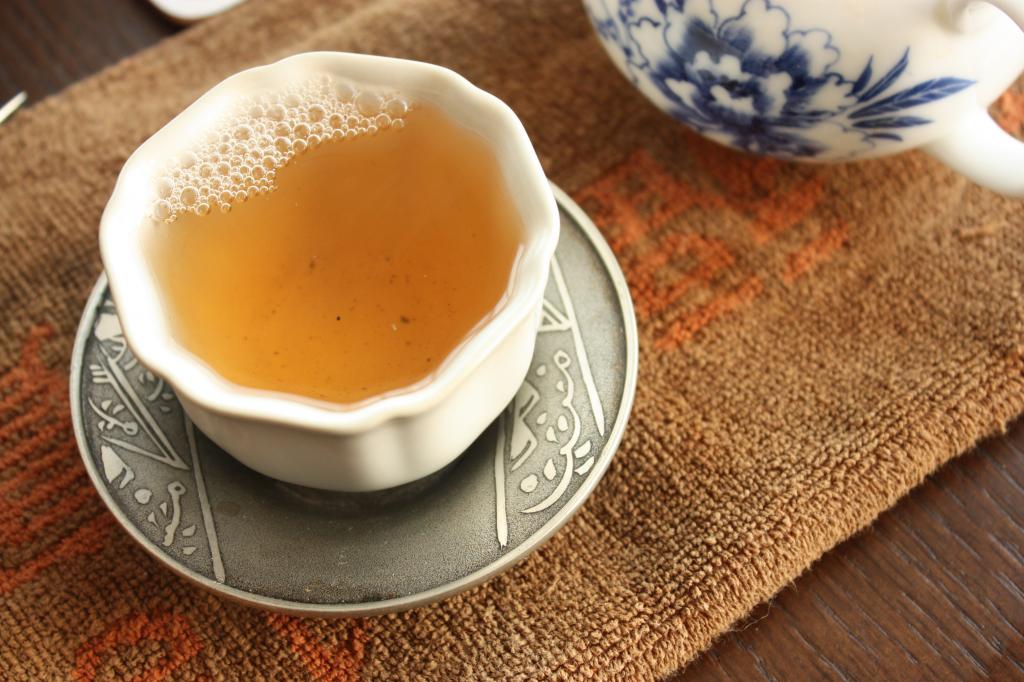

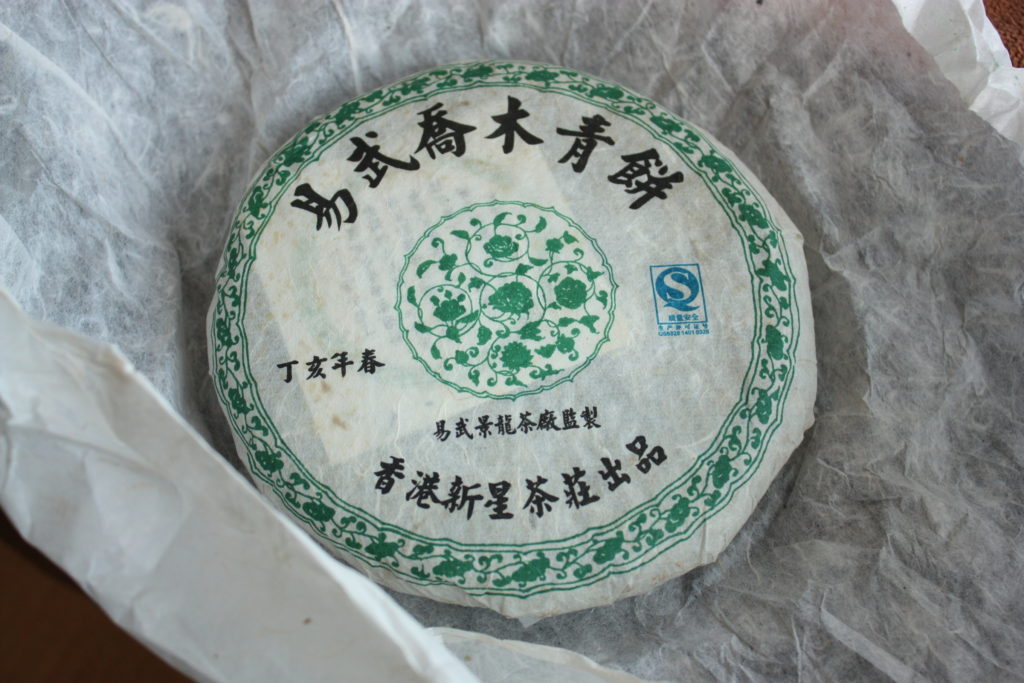
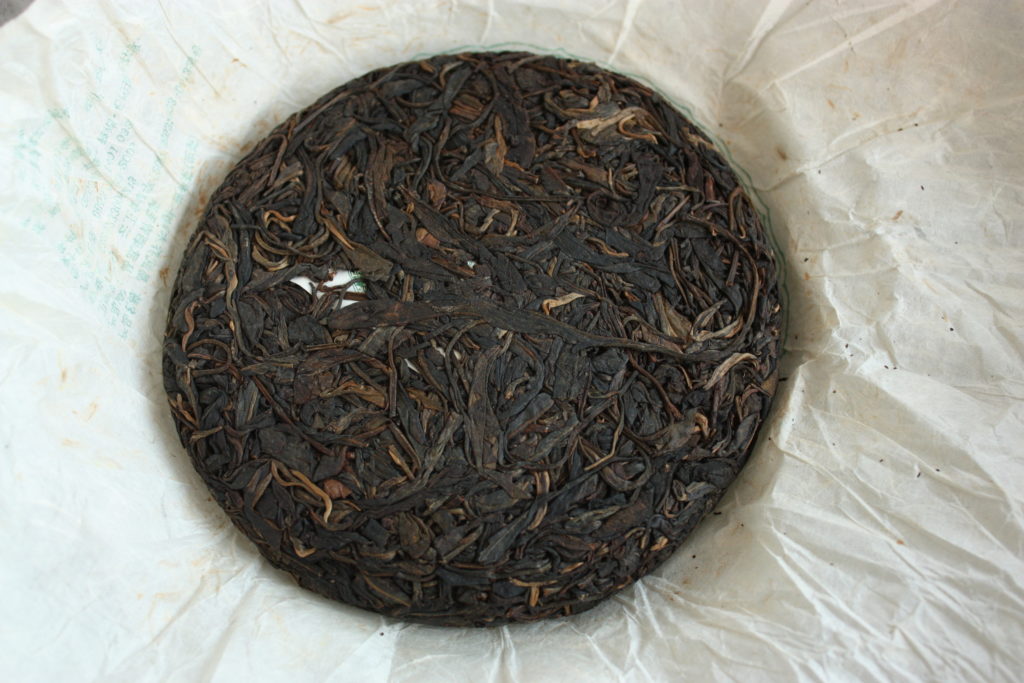
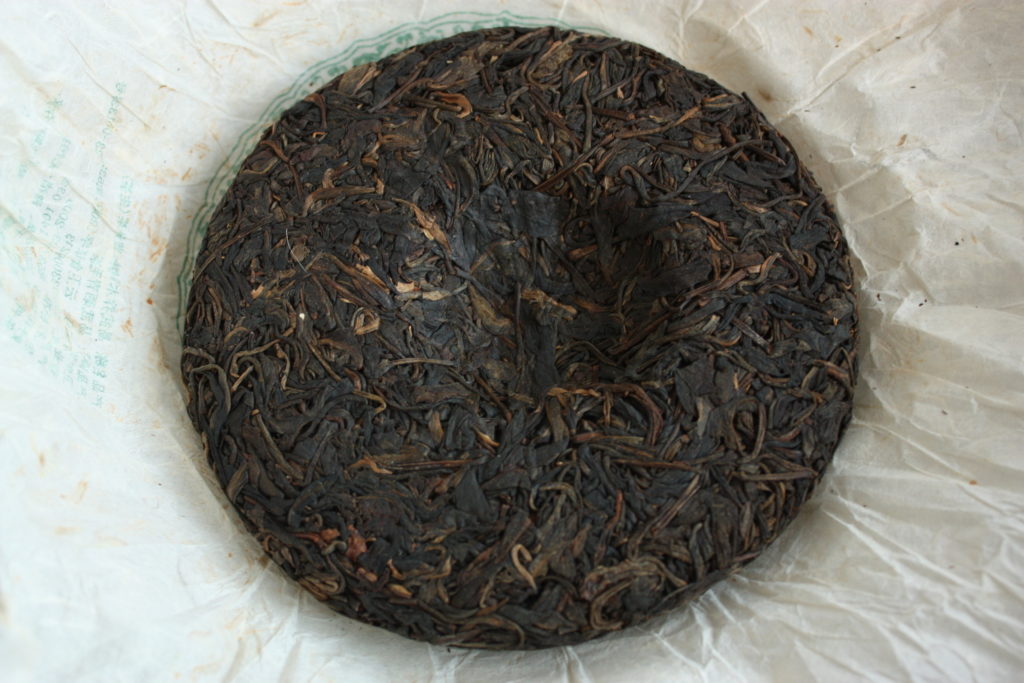
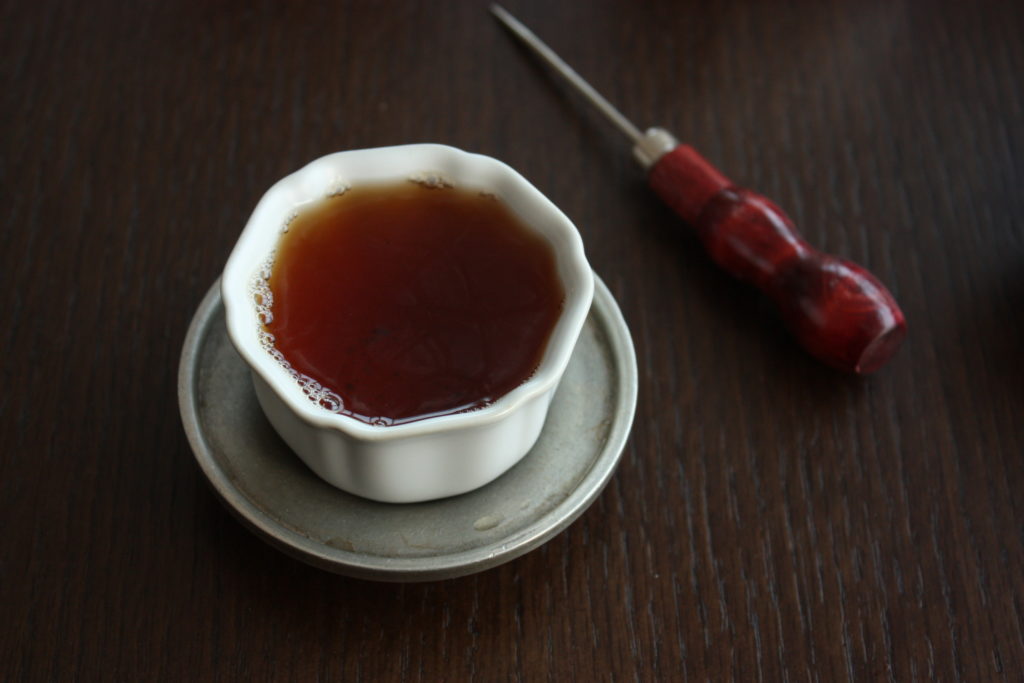





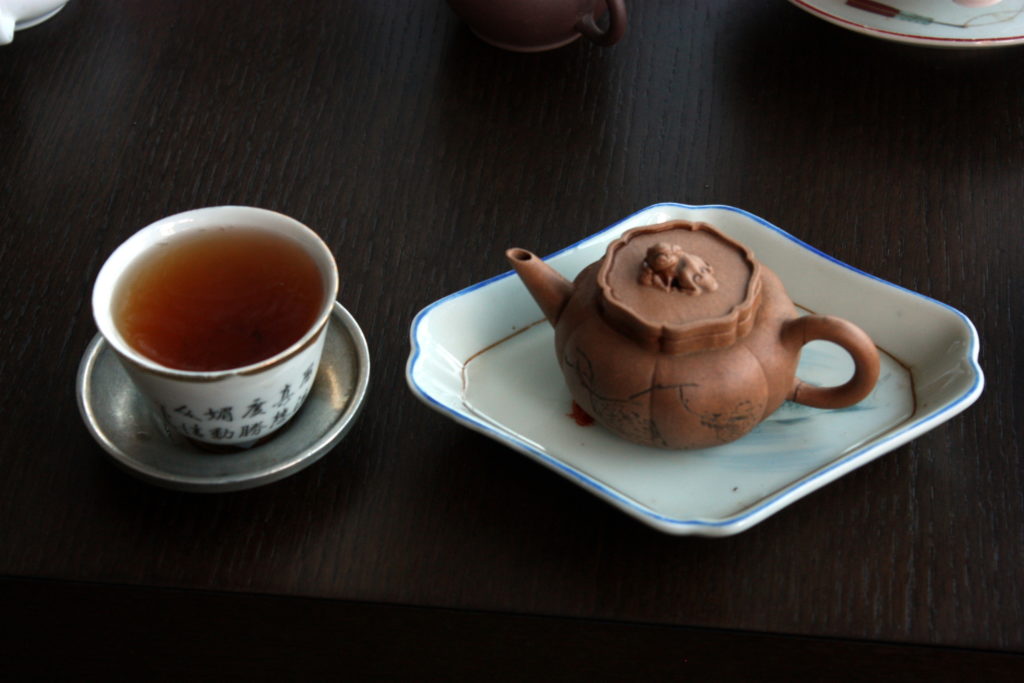
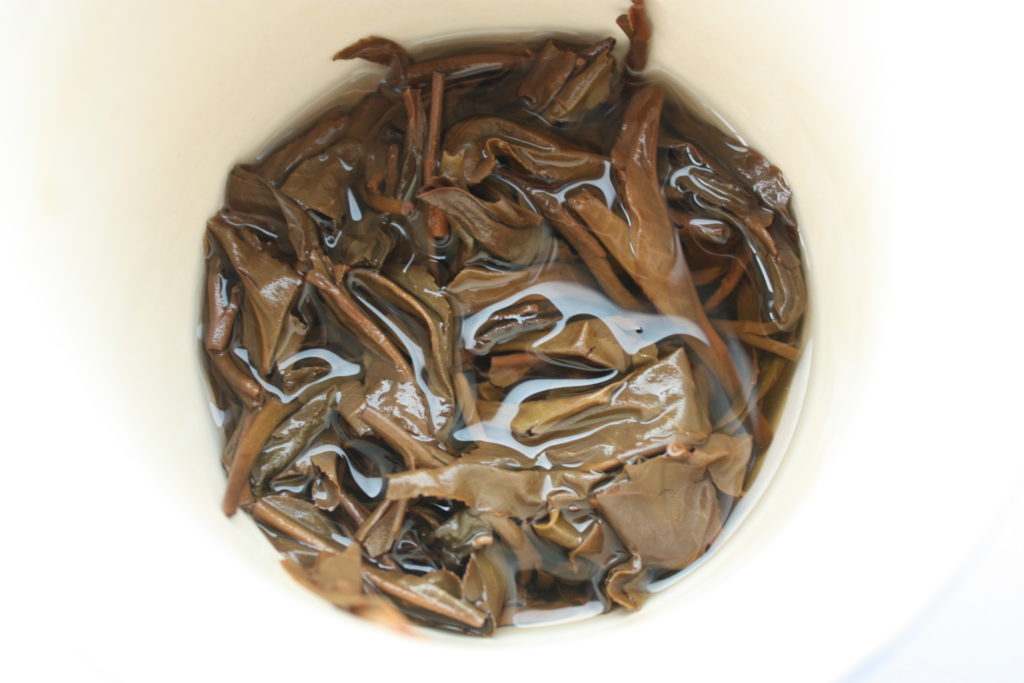
 RSS - Posts
RSS - Posts
Interesting.... would 250C in my oven work?